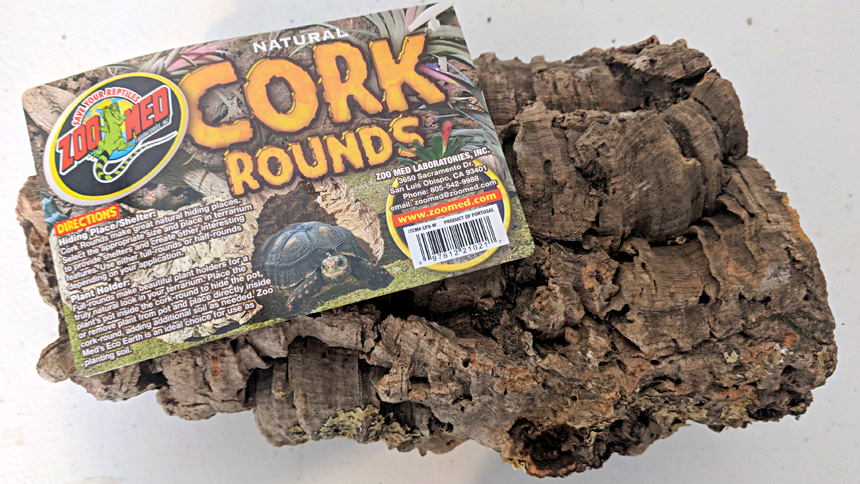
8 Popular Types of Wood for Terrariums (With Pictures)
One of the most interesting aspects of rearing reptiles and amphibians is the high level of creativity the owners can contribute to the process. Frogs readily use branches and logs for hiding and climbing.
You can save yourself a lot of stress by buying logs and branches from a pet store or online. These types of wood are processed specifically for a terrarium habitat; they’re safe to use. Don’t use sticks and branches you find out without first treating them!
This article will cover the most common types of branches, logs, and barks used in terrarium decoration. So, without further delay, let’s jump into it.
Page Contents
Safe Types of Wood for Reptile & Amphibian Terrariums
The list of woods below represents some, not all, of the most commonly utilized terraria wood. They’re generally considered safe and renewable. The majority, if not all, are harvested from fallen trees.
As mentioned above, they’re treated to remove pests and many of them are sandblasted or, at the very least, thoroughly cleaned and made ready to be used in your amphibian cage.
Cork Bark
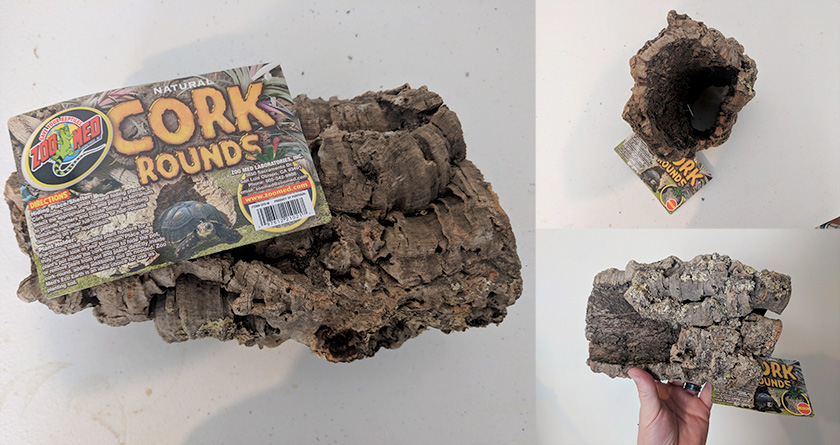
Cork bark is a non-toxic, fire-resistant, impermeable, and environmentally friendly wood gotten from the popular cork oak tree. Whether using a flat or round piece, it’s very easy to maintain and makes a useful, decorative addition to any frog or toad enclosure.
Most often, you will find cork bark in two varieties; flat or round. Cork flats range from 1/2 inches to 3 inches thick and they’re great for incorporating into the background and creating hiding places.
The cork rounds, as seen in the picture above, make great hides and even planters. I used this piece in a build where the cork round was angled out the background. I filled it with a substrate and placed a live plant in it. Most of the time, water will drain out without further work but I drilled a small hole in the bottom to ensure excess water can drain out the bottom.
Cork Bark is suitable for all kinds of terrarium usage, and the fact that they do not rot in humid environments is a big plus.
Mopani Wood
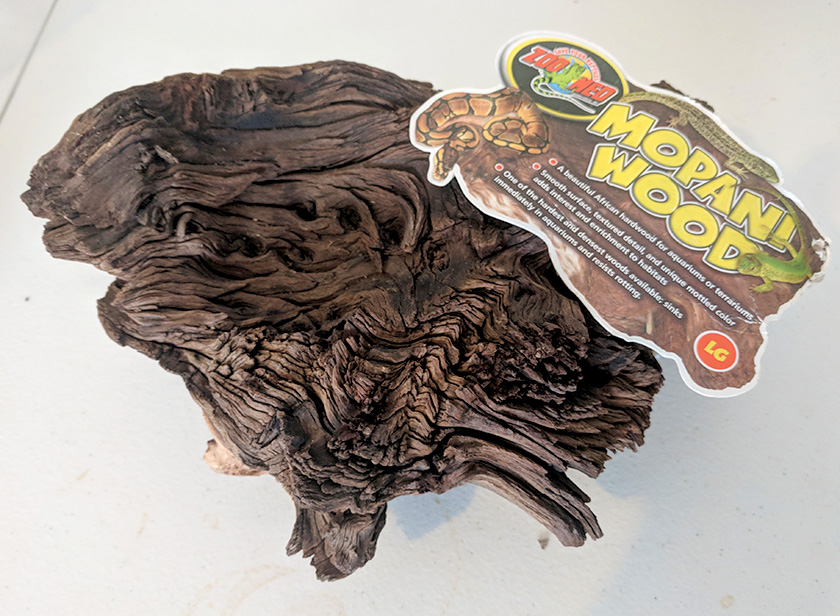
Zoo Med’s ‘Mopani Wood’ is harvested from root masses and is of an African origin. It is a very hardwood that is highly resistant to drought. The Mopani wood is a beautiful two-color wood suitable for terrariums, vivariums, and aquariums alike.
It is one of the densest and hardest woods available and doesn’t rot when soaked in water. It’s also known as African Root Wood.
It comes in different sizes: small, medium, and large. The price ranges from $6 to $25 depending on the size you purchase.
One minor setback of Mopani wood is that it stains water, but some people love the yellowish-green color that it adds. Since you’ll likely be using this as decor in your frog’s enclosure, you won’t have to worry about that.
The picture above doesn’t do this wood justice. Mopani wood is beautiful. It’s easily one of my favorite types. It’s heavy too, which is another thing to consider. Using it on a custom background might be a bad idea, simply because it can weigh so much! At least in comparison to something like cork bark, which is virtually weightless compared to African Root Wood.
Grapevine
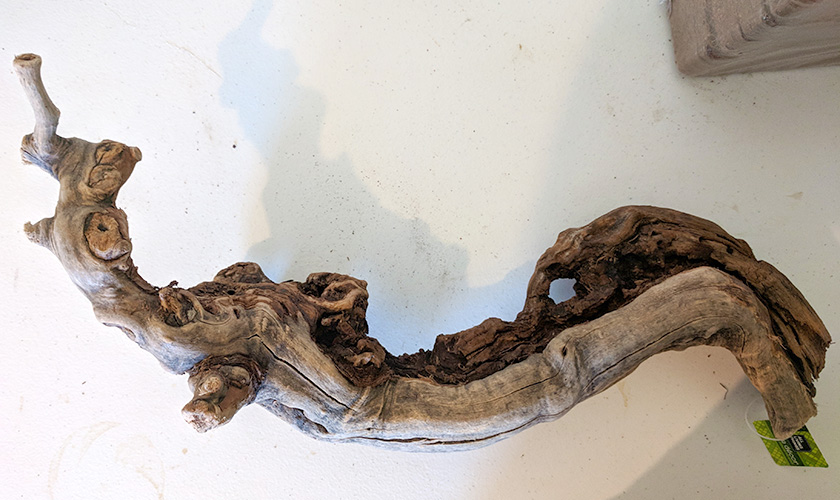
You can find grape wood for as low as $3 each, depending on the size of course. They come in many different sizes and you can find them online and in most pet shops.
The vines are great for frogs to climb on as they pose no harm. They’re visually appealing, making them one of the most popular woods amongst herpetoculturists. Grapevine or “grape wood vine” will not last as long in a humid environment; not as long as other hardwoods, at least. For terrarium use, it’s great. In a vivarium or aquarium, where lots of water is used, I recommend using driftwood or something that holds up to moisture better.
Spider Wood
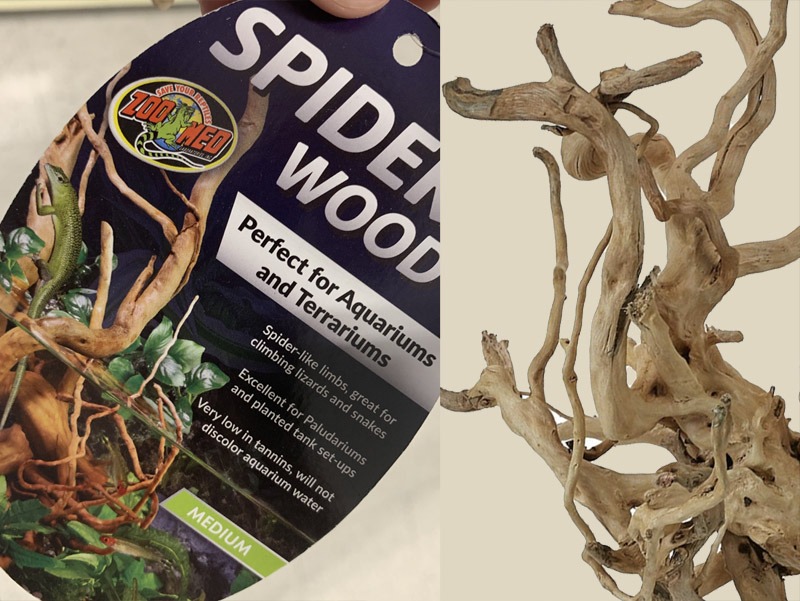
Spiderwood is quickly becoming my personal favorite wood. It’s softwood, easy to work with, and let’s be honest, it is visually stunning! It gets its name due to the spider-like roots that are formed, usually from intertwining through other roots.
Pro tip: Start with a small or medium-size piece (or multiple pieces). This will allow you plenty of room to work with while you assemble all the decorations in your terrarium.
I highly recommend spiderwood for arboreal pets. A tree frog or crested gecko are the perfect candidates for Spiderwood. Because there are so many twisted roots, this creates lots of hiding places. Tree frogs love hiding places, other species too. Reptiles and amphibians are typically more comfortable knowing there is a nearby hiding place!
Malaysian Driftwood
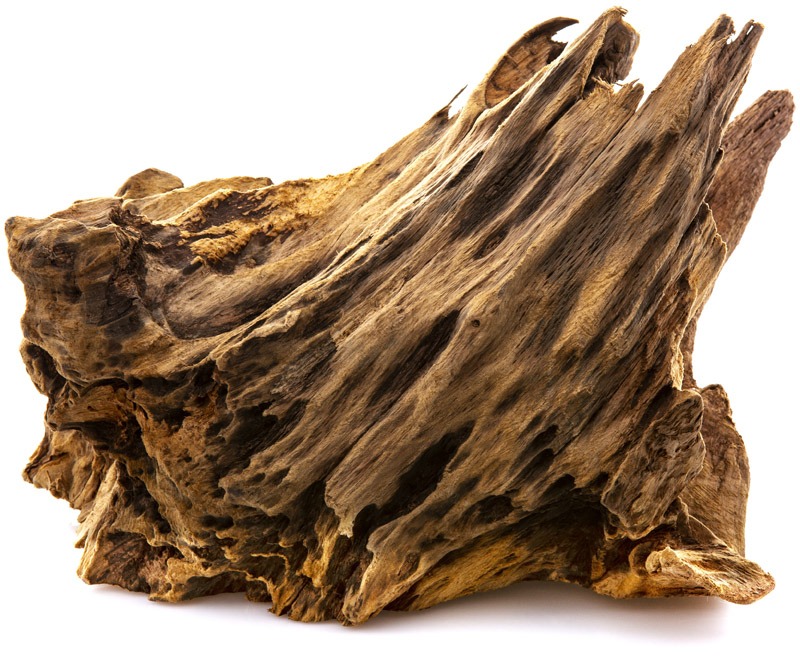
Driftwood refers to wood that has been washed onto the seashore by strong waves and wind. For some people, it can be a form of debris. However, it serves as a form of shelter, food, and hiding for reptiles, frogs, and other animals. Malaysian driftwood is rising in popularity and can be found in many popular pet stores as well as online.
It is generally inexpensive, and the price may range from around $8 to $40, depending on quality. The wood isn’t difficult to obtain as it can be found on rivers banks, seashores, and local lakes.
Some individuals have taken to collecting and treating the nice-looking pieces. They process the wood and sell it to earn money, which is great for them and us. They clean the shoreline debris and make some money while you get a nice branch for decorating your terrarium or vivarium.
Also, it is important to note that tannins from driftwood can change the pH level of water and make it more acidic. But, chances are, you won’t have branches sitting in water. They will likely only be exposed to water during misting.
Ghostwood
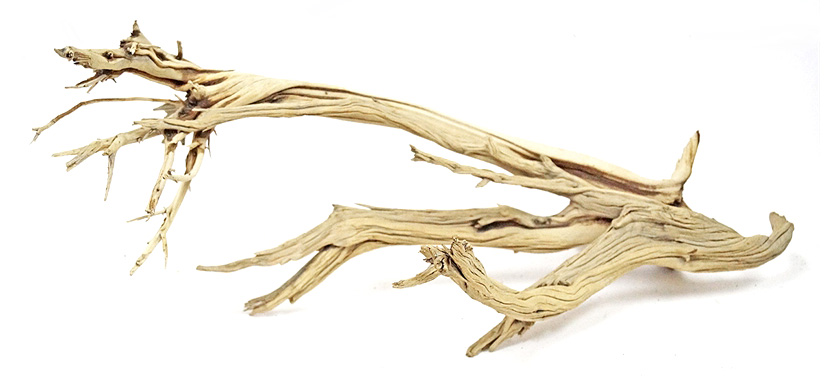
Ghost wood is a beautiful, smooth, and light-colored wood. It has the pale-white look of a ghost, and it’s probably the most common wood used for terrariums due to its high resistance to humidity. Its price ranges from $16 to $70 online.
When it comes to quality, ghostwood has no equal and is one of the best options for your terrarium.
Bamboo
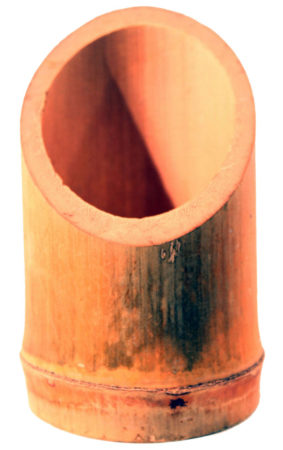
Bamboo has a lot of economic and social significance. To begin with, it serves as an excellent shelter and hiding spot for animals. Bamboo is nothing like your regular terrarium wood, as it has some unique features and attributes. It creates a perfect environment for frog habitation and provides a natural rainforest-like feel.
Depending on the type, bamboo can be as thick as 4 to 5 inches in diameter and grow over 100 feet tall. As for the bamboo you can utilize for terraria, you’ll likely find small pieces cut between 2 – 8 inches in height. Most of which is used to create a humidity chamber. They are great for creating a humid hiding place, but can’t be used for much else.
Manzanita Wood
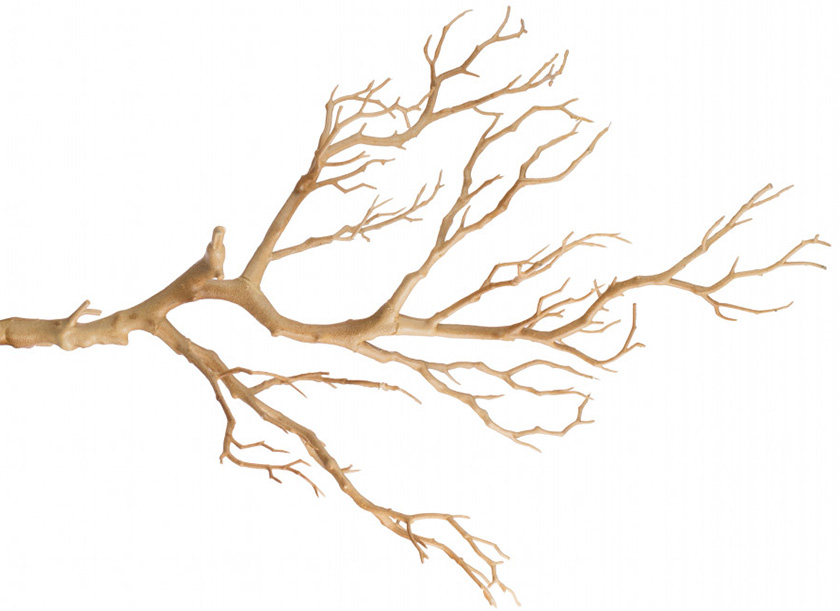
Manzanita trees grow in North America, in twisted and forked shapes. Hence, it’s unable to produce any sizable lumber. It’s a delicate wood, ideal for terrariums featuring tree frogs.
They are cleaned and treated so the outcome has beautiful, bright branches; perfect for small, climbing frogs. Positioning a Manzanita tree upside down can give the appearance of a branched root system.
Conclusion
It is a known fact that selecting the ideal wood for your terrarium can be difficult due to the wide variety of options available. Amphibians like Dart frogs can be extremely selective, and a fine piece of grape wood can turn into a messy black mold in just a short period of time.
Not all types of wood are suited to the demanding conditions of a rainforest habitat. Don’t blindly settle for any wood type, weigh your options and then select the perfect type of wood for your terrarium.
Collecting Your Own Wood
It’s perfectly fine to collect your own wood for use in a frog enclosure. However, the wood needs to be cleaned and treated to remove potentially harmful contaminants. I won’t go into detail on how to treat the wood here because that’s a topic for another post. Suffice to say, it takes anywhere from a few hours to an entire week to treat the wood.
On top of that, it’s important to avoid cedar, pine, and eucalyptus wood. Avoid anything with sharp edges, like thorns, should be avoided as well. Also, pressure-treated lumber shouldn’t be used in a terrarium because it is treated with chemicals.
Preparing your wood branches can save some money but it takes time and careful preparation!
My personal favorites are cork bark, Spiderwood, Mopani Wood, and grapevine branches. Most of them can be found in pet stores and online, already treated and suitable for decorating a terrarium.

6 Comments
Can anyone confirm that Ipe wood is safe for frogs? I’m considering roughing up some flat ipe deck boards to try and use as a background for moss to grow on, but I know the dust and oils in it can irritate human skin.
Are frogs safe from these chemicals?
If it irritates some humans it will likely be problematic for frogs. Amphibians have delicate skin. Also, some decking and lumber in general is pressure treated with chemicals.
A few months ago I purchased some cork bark. I had it on top of the land area on damp moss for a hiding spot. It started molding so I had to take it out. Are there any ways to prevent cork bark from molding?
It sounds like there was a bit too much stagnant water around it. A bio active cleanup crew can help but air circulation will be the most helpful.
Have you ever heard of using dried coffee stumps for terrarium wood?
Using treated tree stumps is pretty common in terrariums but I haven’t heard of anyone using coffee stumps? Do you mean base of the root system for a coffee plant?